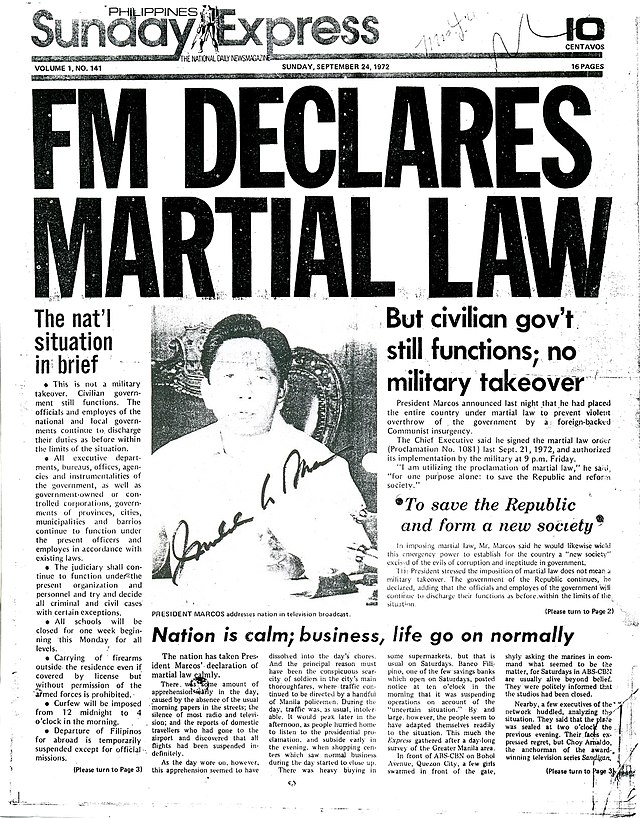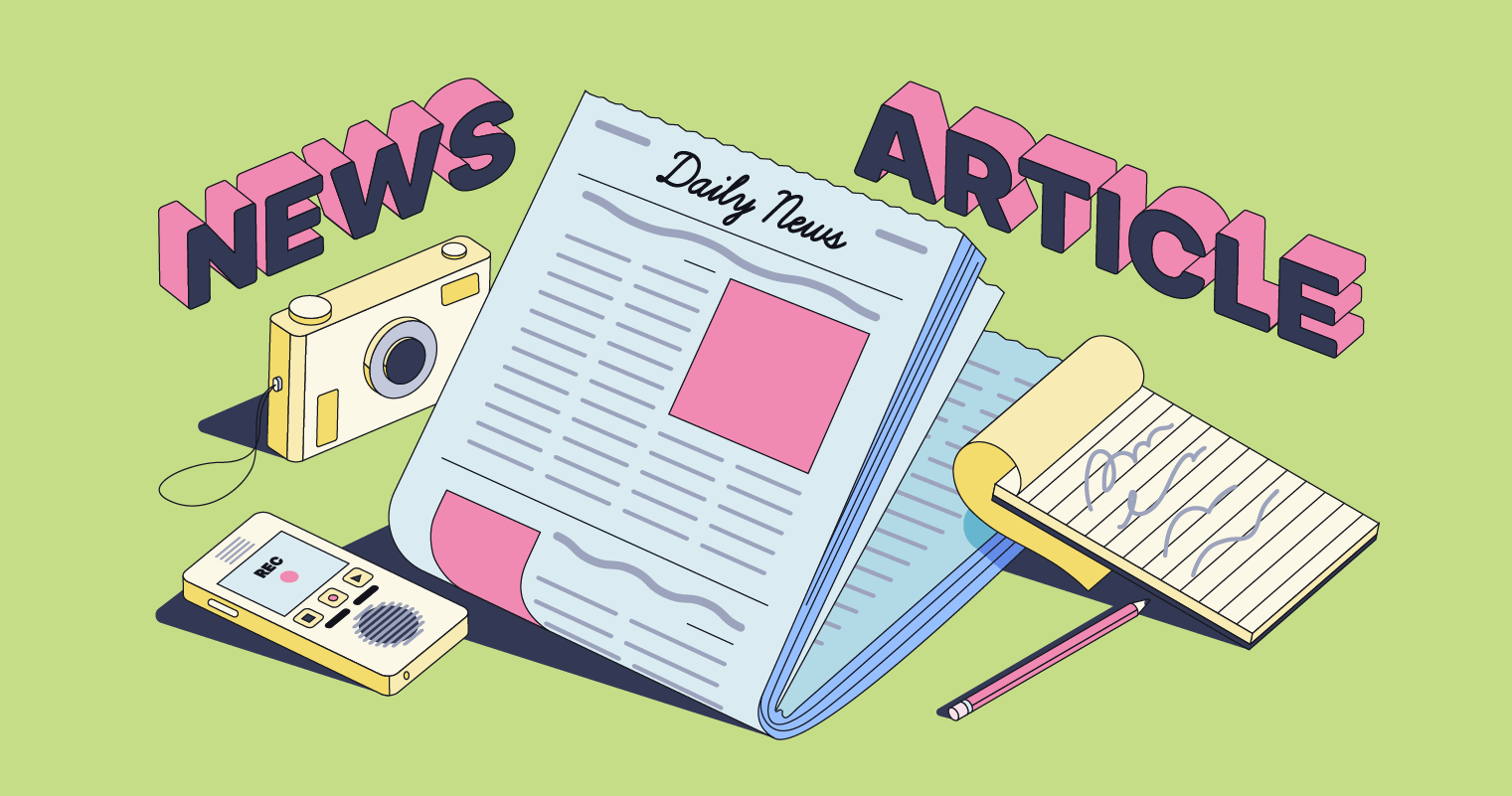Getting The News Articles To Work
Wiki Article
The Main Principles Of News Articles
Table of ContentsNews Articles Things To Know Before You Get ThisThe 7-Second Trick For News ArticlesNot known Details About News Articles The Main Principles Of News Articles See This Report on News Articles
Good understanding of various subjects provides pupils an one-upmanship over their peers. Although electronic and social media are readily available, we ought to not fail to remember how crucial it is to read the newspapers. Moms and dads have to attempt and instill the practice of reading a newspaper as an everyday regimen to proceed the heritage of the adored print tool.News tales likewise contain at the very least one of the complying with vital qualities loved one to the designated target market: closeness, prominence, timeliness, human rate of interest, curiosity, or effect.
Within these restrictions, information tales additionally intend to be comprehensive. Amongst the bigger and much more revered papers, fairness and equilibrium is a major aspect in presenting details.
Papers with a worldwide audience, as an example, often tend to utilize an extra formal design of composing. The certain options made by an information electrical outlet's editor or editorial board are frequently collected in a design guide; usual style overviews include the and the United States News Style Publication. The major objectives of news writing can be summed up by the ABCs of journalism: precision, brevity, and clarity.
Getting My News Articles To Work
Generally, reporters will not make use of a lengthy word when a brief one will certainly do. They utilize subject-verb-object building and dazzling, active prose (see Grammar). They offer narratives, instances and metaphors, and they seldom depend upon generalizations or abstract ideas. Information writers attempt to stay clear of utilizing the same word more than once in a paragraph (often called an "resemble" or "word mirror").
Nevertheless, headlines sometimes omit the topic (e.g., "Leaps From Watercraft, Catches in Wheel") or verb (e.g., "Feline female fortunate"). A subhead (likewise subhed, sub-headline, subheading, caption, deck or dek) can be either a subservient title under the major headline, or the heading of a subsection of the article. It is a heading that precedes the primary text, or a group of paragraphs of the major text.

Added signboards of any of these kinds might appear later on in the short article (specifically on subsequent pages) to lure further analysis. Such signboards are likewise made use of as guidelines to the article in other areas of the magazine or site, or as advertisements for the item in other magazine basics or sites. Regular structure with title, lead paragraph (recap in bold), other paragraphs (information) and get in touch with info.

Instance of a hard-lead paragraph NASA is proposing one more space task. The budget requests roughly $10 billion for the project.
An "off-lead" is the 2nd most essential front web page news of the day. To "hide the lead" is to start the article with background information or details of additional significance to the readers, internet compeling them to read more deeply into a write-up than they should have to in order to find the important points.
Some Known Details About News Articles
Usual use is that one or 2 sentences each develop their own paragraph. Journalists normally describe the company or structure of an information story as an inverted pyramid. The vital and most intriguing elements of a tale are placed at the start, with supporting info adhering to in order of lessening significance.It allows people to explore a topic to only the deepness that their interest takes them, and without the imposition of details or nuances that they can take into consideration pointless, yet still making that information offered to much more interested readers. The upside down pyramid framework likewise allows articles to be trimmed to any type of arbitrary size during design, to fit in the area readily available.
Some authors begin their stories with the "1-2-3 lead", yet there are many kinds of lead offered. A twist can refer to numerous points: The last story in the news broadcast; a "satisfied" tale to end the program.
Longer posts, such as publication cover articles and the pieces that lead the within sections of a newspaper, are understood as. Feature tales vary from straight news in a number of methods. Foremost is the absence of a straight-news lead, a lot of the time. Instead of providing the significance of a tale in advance, attribute writers might try to lure readers see this here in.
Fascination About News Articles
A function's initial paragraphs commonly connect an appealing minute or occasion, as in an "anecdotal lead". From the particulars of an individual or episode, its view swiftly broadens to generalities regarding the tale's subject.
The Editor's Toolbox: A Reference Overview for Beginners and Professionals (2001) Allan M. Siegal and William G. Connolly. The New York City Times Guidebook of Design and Use: The Authorities Design Overview Used by the Writers and Editors of the World's A lot of Reliable Newspaper (2002) M. L. Stein, Susan Paterno, and R.
Report this wiki page